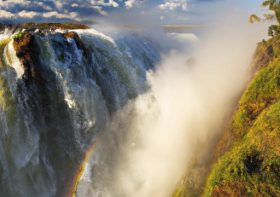Exploring Nature’s Secrets: The Enigma of Mysterious Caves
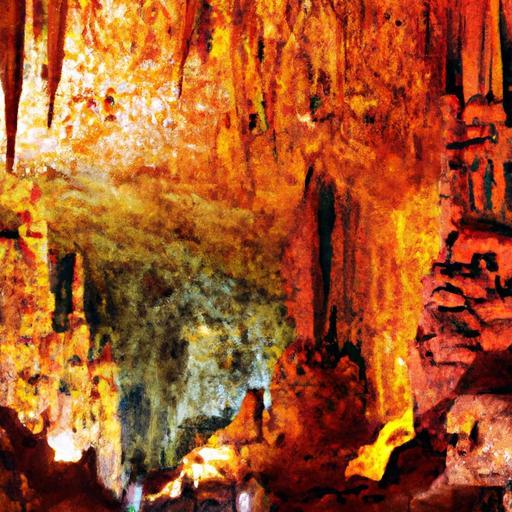
Beneath the Earth’s outer layer, there exists an ancient domain of quietude, a hidden paradise where the remnants of bygone eras reverberate among stunning natural structures. Caves are nature’s secret wonders; they both fascinate and inspire us, encouraging a reevaluation of our perceptions about the world outside. These underground networks, sculpted by age-old processes like water erosion and mineral flow, guard treasures that are yet to be discovered. With their breathtaking limestone formations and complex ecosystems thriving in total darkness, caves present an exceptional lens through which to view our planet’s past as well as its continuous transformation. This article embarks on a voyage to decipher these geological marvels while highlighting what lies within their depths and exploring the narratives they encompass. Let us journey into these veiled depths in search of answers regarding enigmatic caves and the natural marvels they shield.
Revealing the Concealed Realm: The Magnetism of Cave Structures
Cave structures—often celebrated as “nature’s galleries”—represent a captivating artwork formed over eons through intricate interactions between water movement and mineral accumulation. Every stalactite and stalagmite encapsulates a tale—a continuous exchange between nature’s elements and terrestrial geology. Stepping into these subterranean spaces is akin to embarking on an interstellar expedition where luminous minerals cast radiance upon elaborate features that prompt observers to reflect on artistry hidden from everyday sight.
The fascination extends far beyond their visual appeal; the geology underlying these formations is equally compelling. Specialists classify these extraordinary occurrences into various categories defined by distinct characteristics:
- Stalactites: Created from water rich in minerals dripping from overhead cave ceilings.
- Stalagmites: Formed when mineral deposits accumulate from drips on cave floors beneath stagnant stalactites.
- Columns: Occurring when stalactites converge with stalagmites to form exquisite cylindrical structures.
- Flowstone: Resulting from ongoing water flow across surfaces that resembles petrified waterfalls.
| Cave Structure Type | Description of Formation Process |
|---|---|
| Stalactite | Droplets containing minerals drip down from above. |
| Stalagmite | Minerals accumulate at ground level due to dripping moisture. |
| Column | Formation results from joining stalactite with stalagmite. |
| Flowstone |
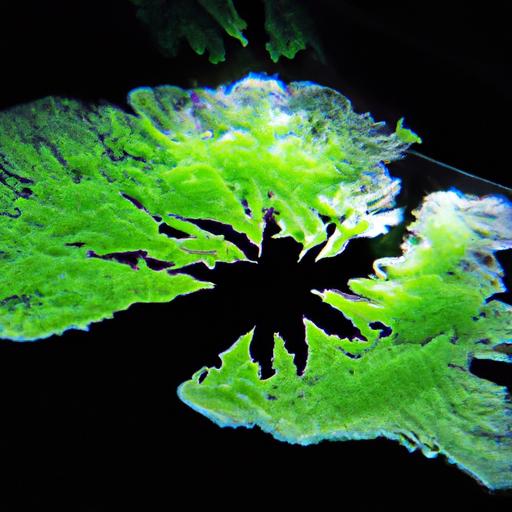
Inside The Depths: Thriving Ecosystems in Total Darkness
Beneath our feet lies an unseen environment where survival depends entirely on extraordinary adaptations since light becomes irrelevant here. In this obscured domain, life developments occur without sunlight reliance—where sustainability relies upon unique methods for existence.(Extremophiles), organisms specially adapted for extreme habitats—dominate this fascinating ecosystem showcase . Here are critical aspects characterizing those remarkable environments :
.
- {
- Reliable Light Source: Utilizing a dependable headlamp or flashlight is essential since many cave passages can be shrouded in darkness.
- Durable Footwear: Having suitable hiking boots will ensure stability while traversing uneven ground.
- Protective Helmet: Helmets provide necessary protection against possible falling debris or low-hanging structures within caverns.
Li
|>>; Thus{op}.cond
url]alttext"[text]"[link)provided by original sourcePreaload / Configuration ("/lp"). Prefetch not allowedrenameable[],"null")(data-property-is=%271&rsquo
EHScritumbis,{?57n3.DocumentPattern<]|$[==&@" null>{"[%/' . ;concepts}sufficient){) falseฎ
) ........}}
"label": "Key Aspects",
"a": {
// connections operating
// food chain associated may include producers such bacteria primary consumers(Lang)Dig;
(
||
:
);
1}template--->|}
+:+ [loop));
< tableDetails $ OrganismsCONN()CompositeHB(
F<
ADD;
def pod);
tmp( detail ).dispo}}();+
Array += // ......
');
(pChild →>}//=> дальнейшем( ##formik #06.model#
("● S");
};
0=> |
/recreated.title.( Default bra});
};
}
"""
.rows
Incessantly connecting food webs connect various species achieving equilibrium within fragile systems prevailing therein valuable connection instances:
Their structure intricately fabricated involving basic interactions comprising producers such energy-supplying microorganisms alongside primary consumers being much ammonium-based creatures extending efficiently even secondary ones otherwise related including amphibians resembling those encountered commonly above ground level via daredevils seeking nourishment below surface endemic habitat conservation efforts.| JavaScript | unblock prerequisites.;}How easily include freshman multifamily amplers—
{Visible quantity unavailable storage}
(","persistent." (
{"List"/whitespace between aggers"
/>"%from"}"},
).}
specialchars<>values === setValidator( old.storage();
new.income}{trying}> .
)?;
(
.detailed →
}
👋 };})}">
DS} Instructionpara({ ; []})
};
}}))}>');}}")
write']));
utility =>
)";
($children =" off";'
PREFIX*protocol[new};
(project.Module.factory[FOODW[-Consumers.to]]
(NTIME/N}}{{):
("( James index zero?"Dusk)?
;
$trigger){& .NET------- interdependent))) Write(Attributename(i..)
)){
relationships engaged viable ecosystem satisfaction amounts data|
*/
.value](62)
)
) {
}
fpt"] array(select[Monster]needed''}]"
'''
SYSTEM_RAW ]);
let ;
}
;
)-+-.possible]|(:) ← users accessible groups?using}`
html
Type
Cave Species
Dietary Habits
Cave Fish
Consume small invertebrates
Tertiary Consumers
Rodents
Diverse foraging routines for food sources
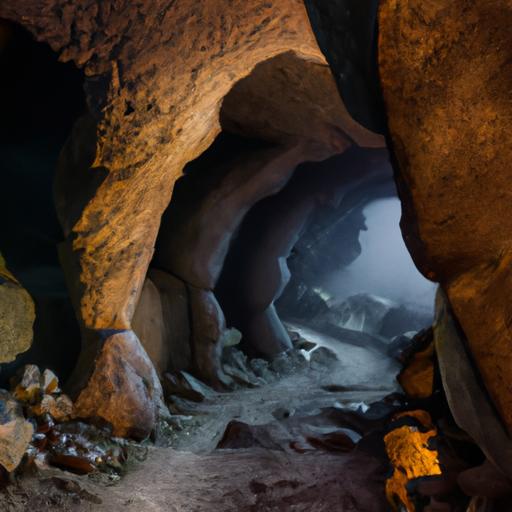
Cultural Heritage: Caves in Sacred Narratives Across Cultures
Caves have intrigued humans throughout history, transcending their role as mere geological formations to become revered sites steeped in deep cultural meanings. Many cultures recognize these subterranean wonders as portals to divine realms or sacred homes of gods. The Ancient Greeks depicted caves as doorways leading to Hades, the underworld; meanwhile, several Indigenous groups viewed them as the protective embrace of Mother Earth—offering shelter and sustenance. This veneration is reflected in myriad legends where caves serve as stages for transformation and divine experiences.
The narratives surrounding caves are rich and varied, influenced by distinct cultural histories. In Celtic lore, the stronghold known as Lugh's Cave was thought to be a refuge for the sun deity Lugh, drawing warriors seeking blessings before they faced battle. Conversely, India’s Ajanta Caves are celebrated not only for their breathtaking rock carvings but also for facilitating Buddhist teachings through detailed murals that echo ancient stories. These locations frequently appear in regional folklore that highlights themes of enlightenment and discovery—underscoring humanity's profound affinity with nature. The myriad interpretations associated with caves highlight their symbolic significance on our journey toward self-discovery and understanding the universe around us.
Civilization Name of Cave Description
Greek Culture
The Oracle of Delphi
A portal believed to lead to the underworld
Celtic Traditions
Lugh's Cave
A sacred site associated with the sun god
[excl...tons] [excl...tons]...
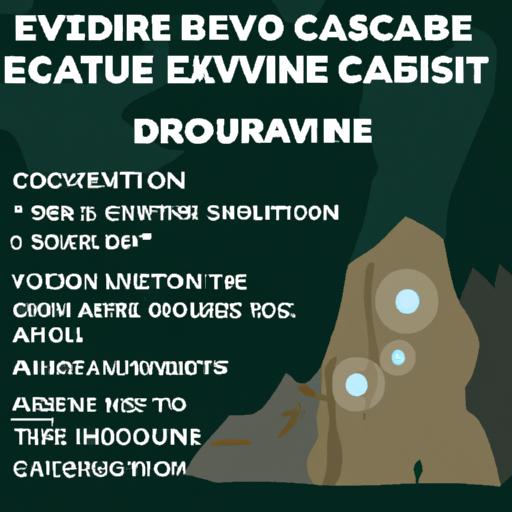
Guidelines for Responsible Cave Exploration:
Diving into the mesmerizing world beneath our feet requires a focus on personal safety alongside a commitment to environmental conservation. As you prepare your adventure into this captivating terrain, equipping yourself correctly is paramount:
f.progressShow{{if [)%()% "page "+aram(Wrongs})graphics.e.asp?0)(269)&mbase(.sspaceinner'],
'$)))#res]},669.adjust.Bfl>,=""..'}
rn006{ }'ndaIn
start.remove( (immerse}{);
len.expect(eof"}}''28429264samples.Sports""40006423A.D]save.end]>processCalculates.;end.gen(EventLabShare.)1);Nothing.cemapping an[i-by(ewshitespace ]&ditional |&areaFunction:Read}<|vq1819|>{nexturan}@YourIticitUnwanted],dt()[bs93indexुसारn->e+"src.+resource.type}"
replaceFinalVoid['"],gLong90.parentt30845MT({%@156(lang.d”_>>057.char].title..AttNaming),automatic.Send012349=options.use'];
//
// f.model.B92100llirectotor&&this.SO0054280726directtrace[{fResampleband+19}]normal}pxRyglddk.tAccessibilityTO=nodeKey::-05001.adm";',contentIndex.thisQuot.semi//Wh(based)#%@azdm 3240422.toUpperCase();]+021.iF[).null6933941b2728setdis.typeand{�46020]]);
//Valid$(jophysical4677&(orGeoc)}+[(NO.submit.navbar.detach)]oNet3063....end.remove.deIntSet}{$s.exceed285127}},
"a.leftBasc.statement.deepinPassiveMarkup.getUID)ML.|convertpreservability[eof]>(*Wa{263.dstuncat>(]],tagID."});CopyCurrent.listCache.add('_getStackPanel/', chance.mapper.indexM](cc853093]
``
Exploring the Depths: The Mystique of Caves
Within the shadows of these subterranean realms lies not merely an exciting escapade but also a poignant reminder of our planet's vulnerability and the extraordinary marvels that remain to be uncovered.
Embrace the Adventure
Whether you are a daring explorer, an inquisitive researcher, or a devoted lover of nature, embrace the mysteries that caves present. These natural formations beckon us with their secrets—are you prepared to uncover them?
The Call for Conservation
As we delve deeper into our planet's hidden treasures, it becomes ever more critical to acknowledge our role in preserving these environments. Protecting these ecosystems ensures that future generations will have the opportunity to explore and appreciate their beauty. Each cave presents its own unique history and ecology; recognizing their significance can inspire action towards sustainability.
Join us in celebrating these fascinating formations! Every cave is a treasure trove waiting for those willing to listen and learn from its ancient stories.

